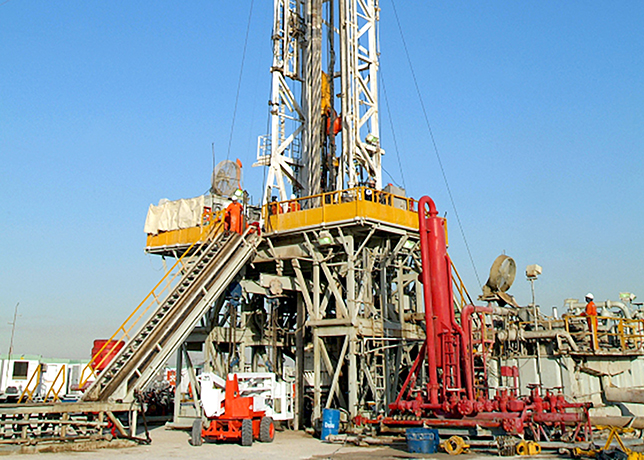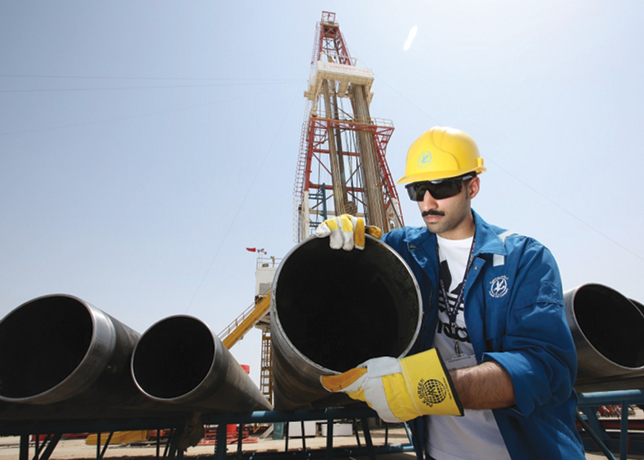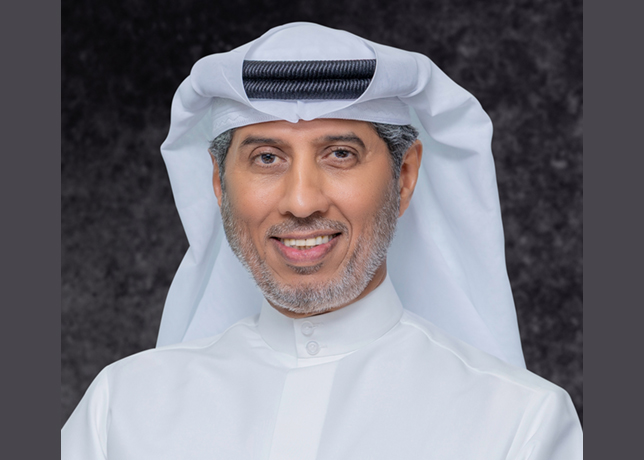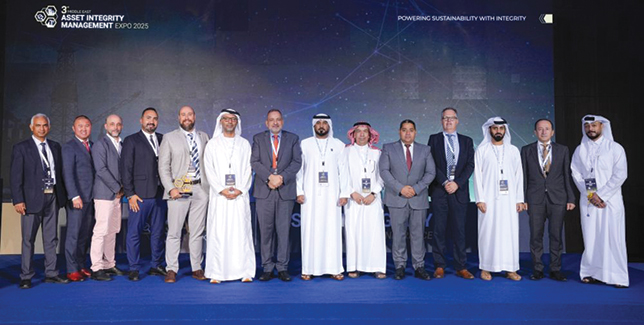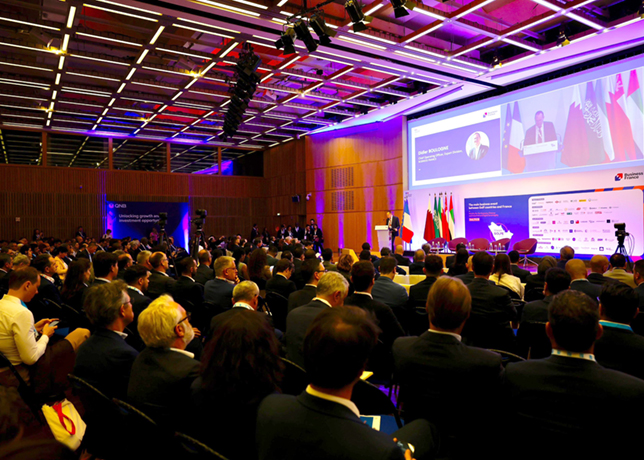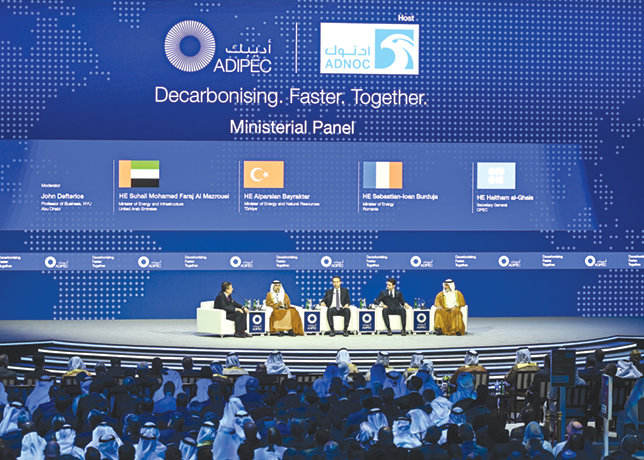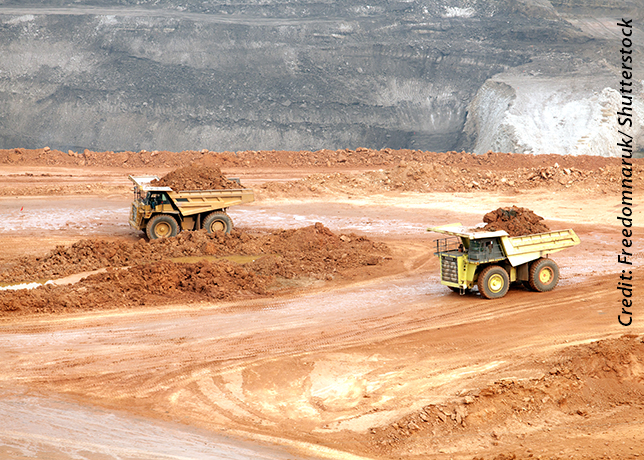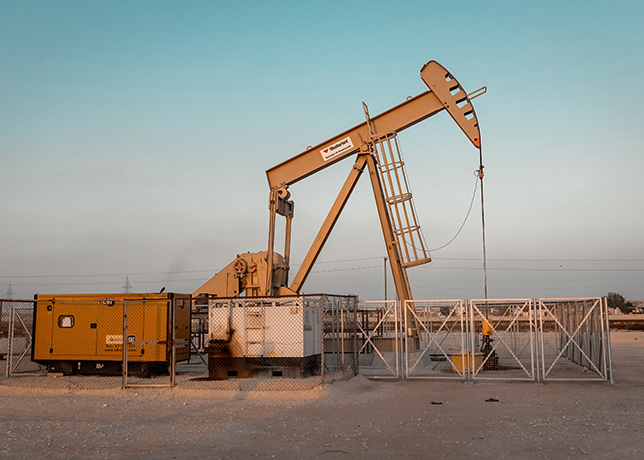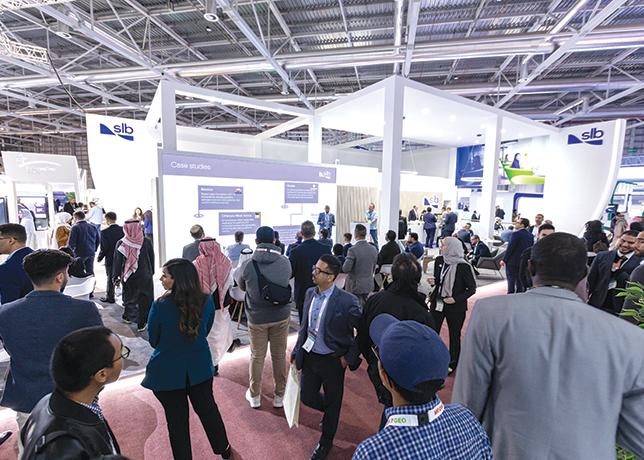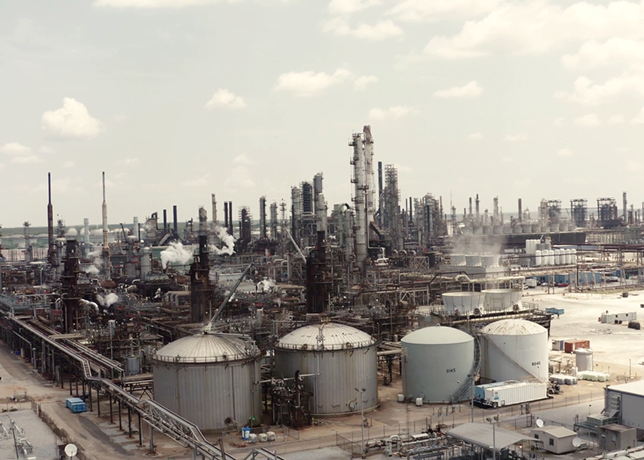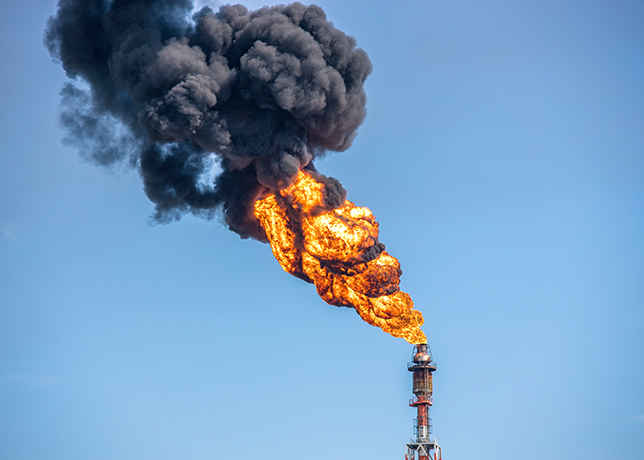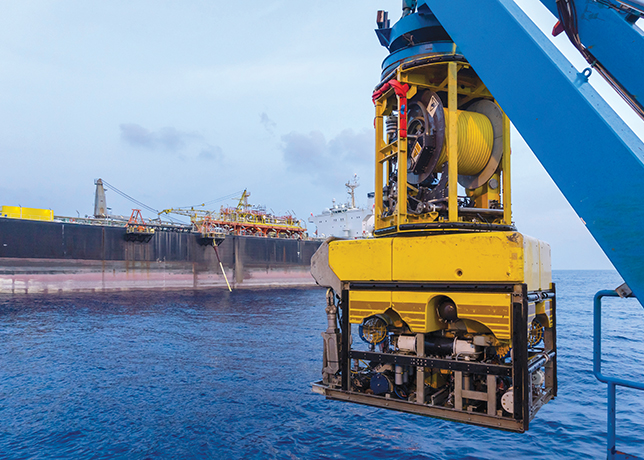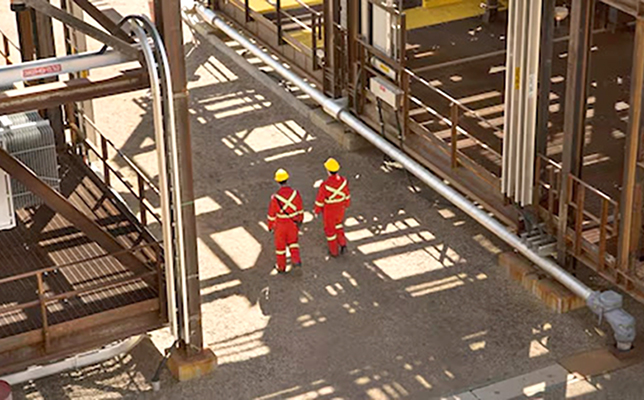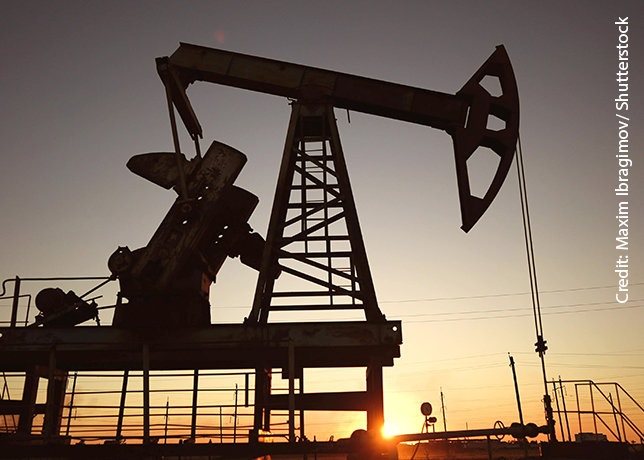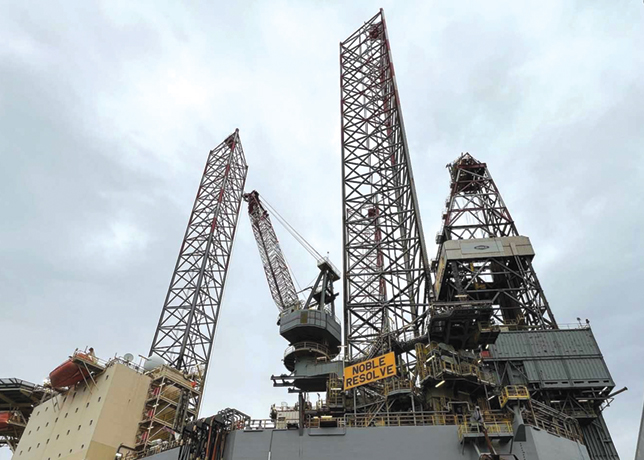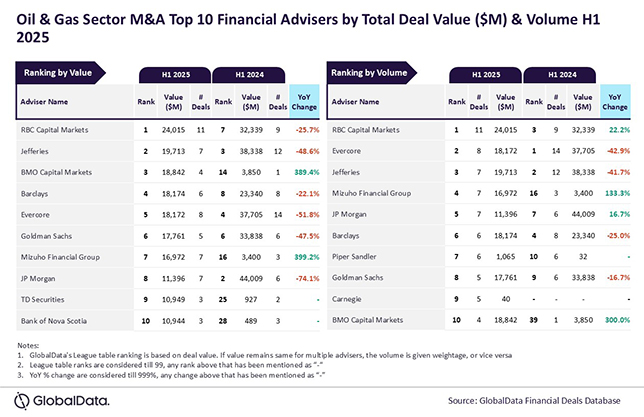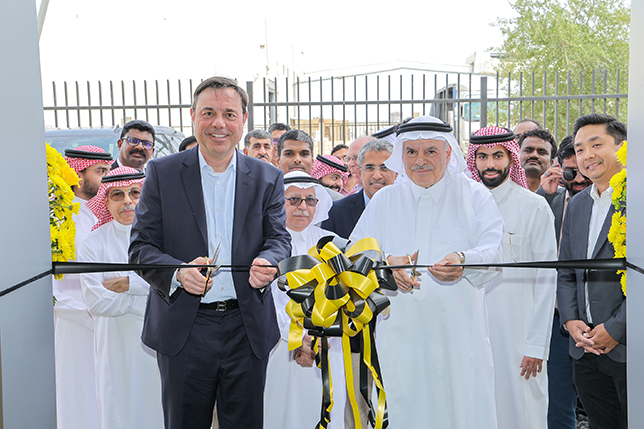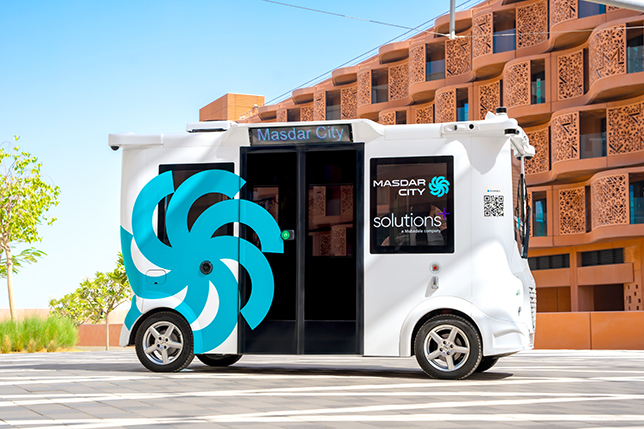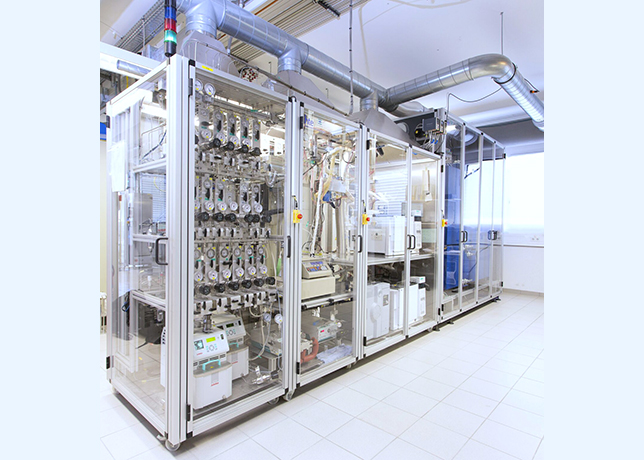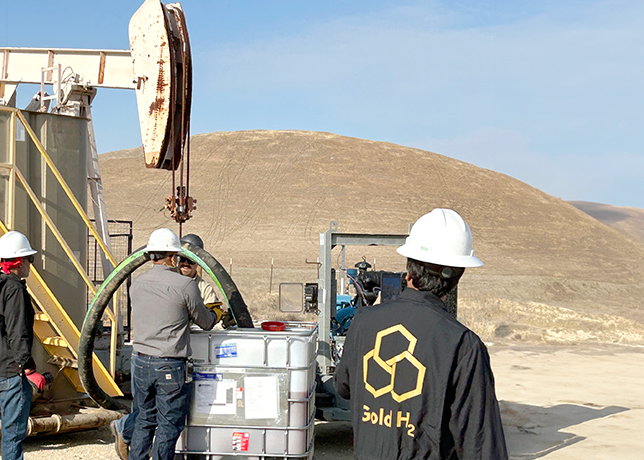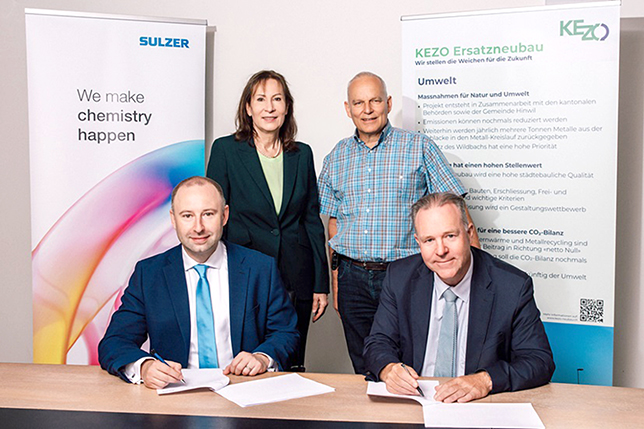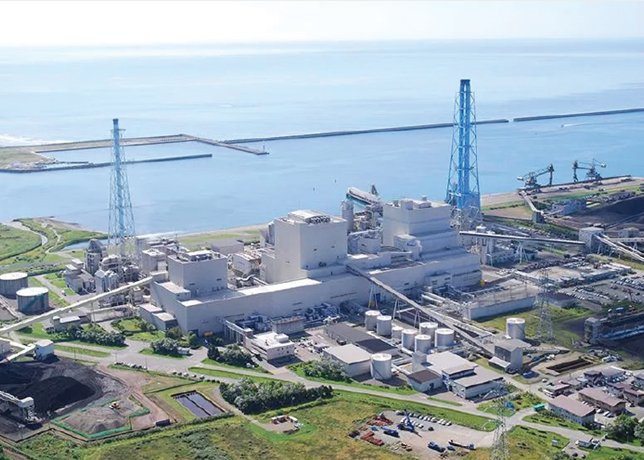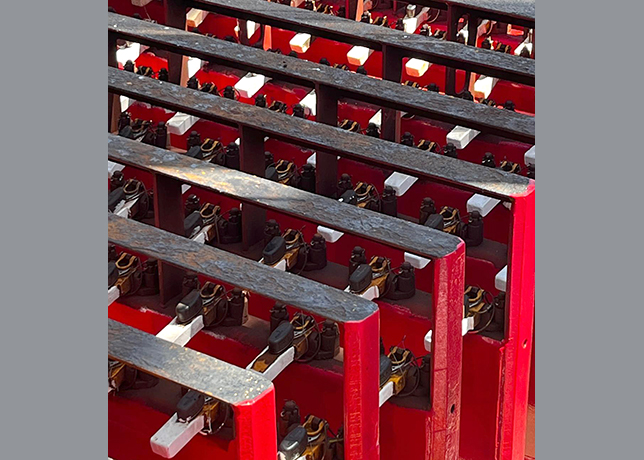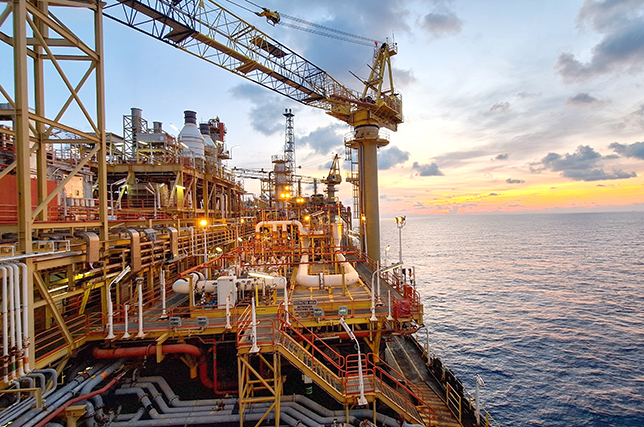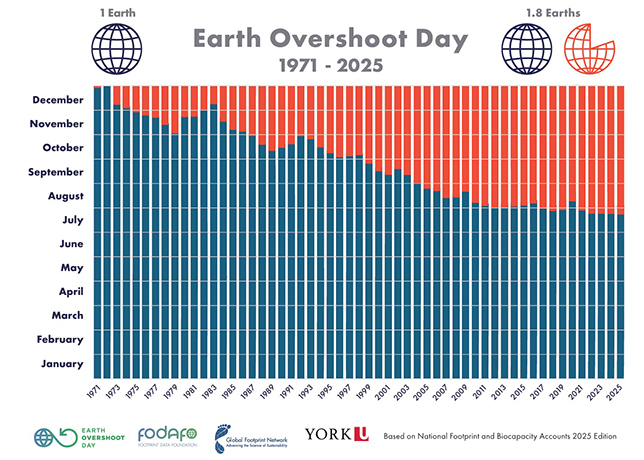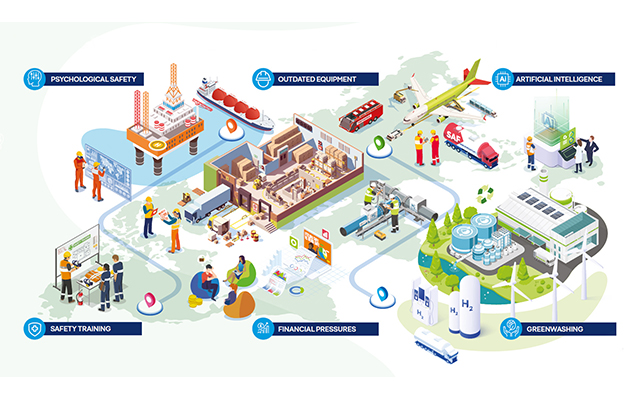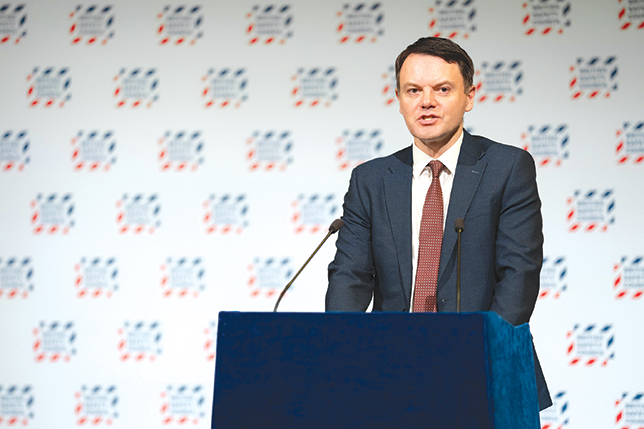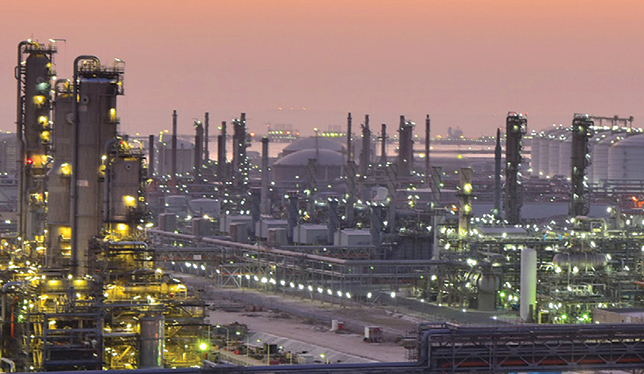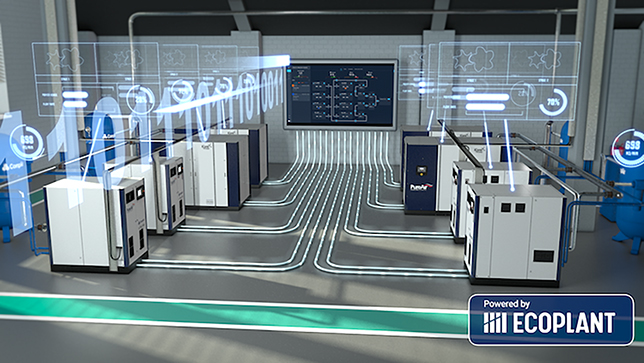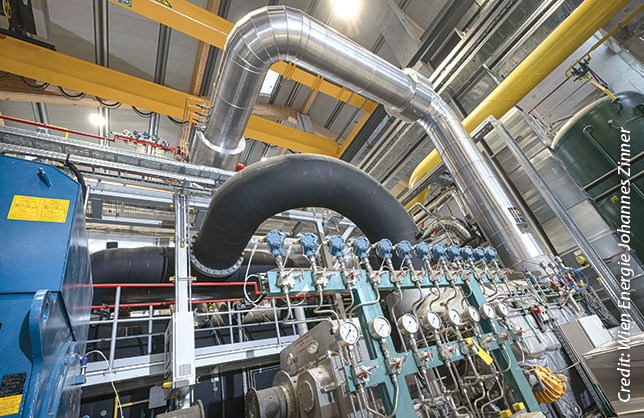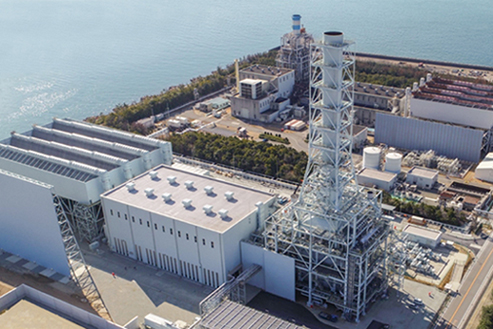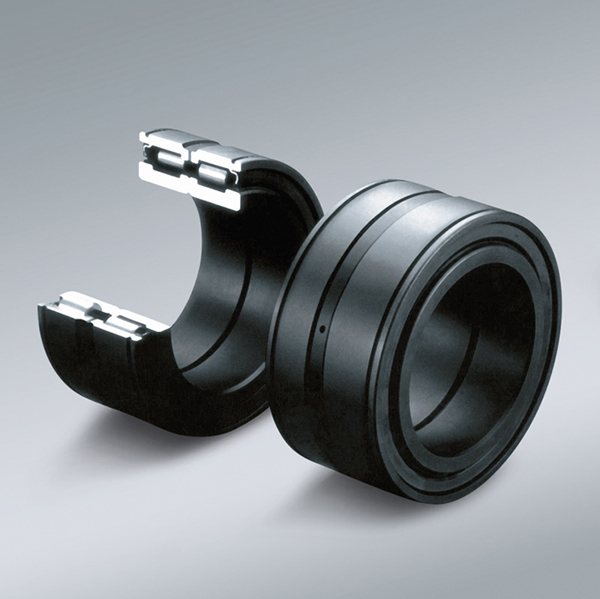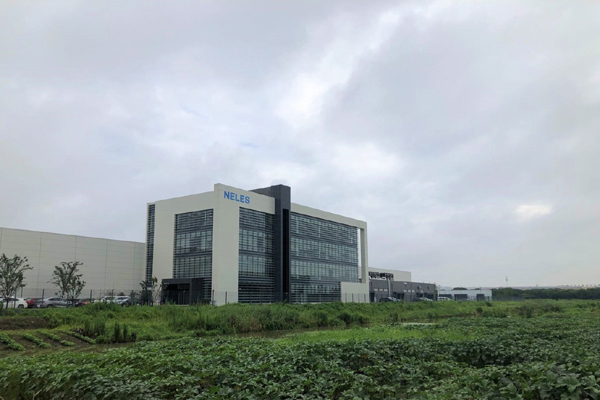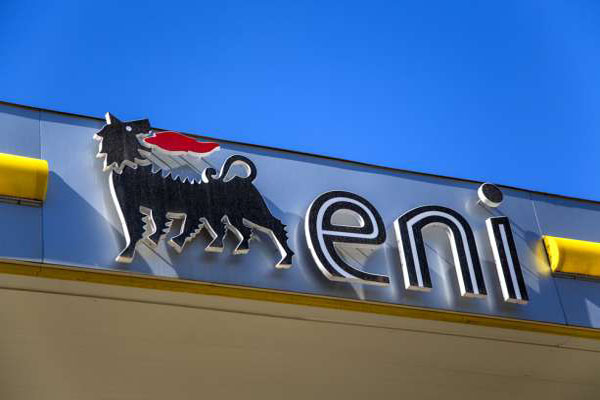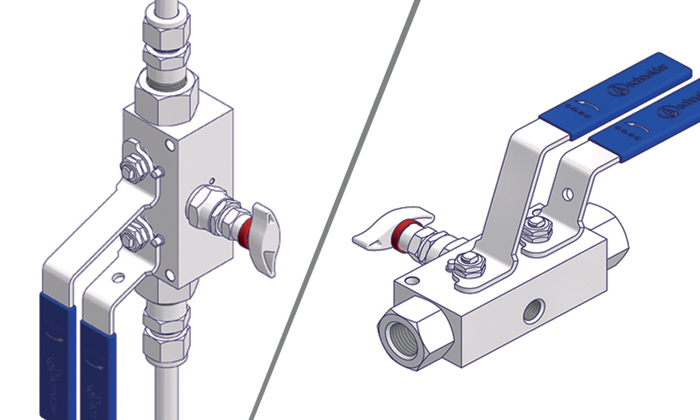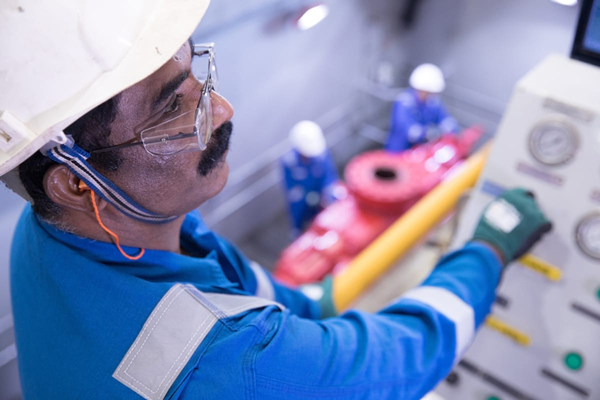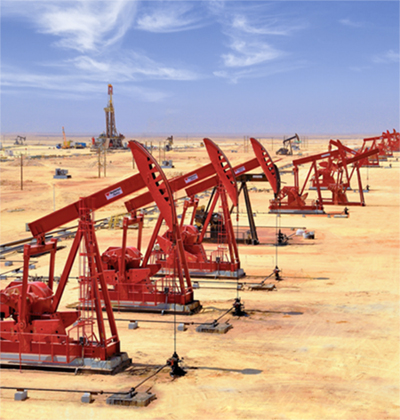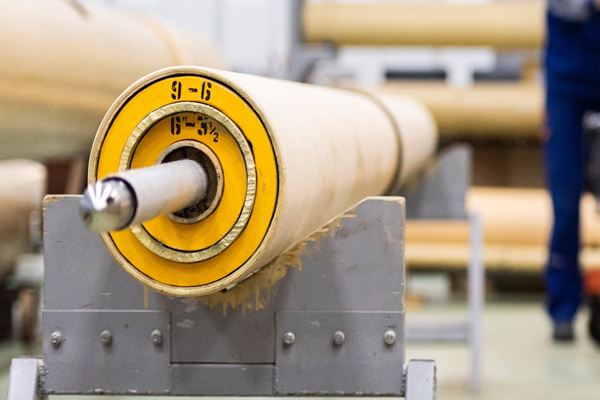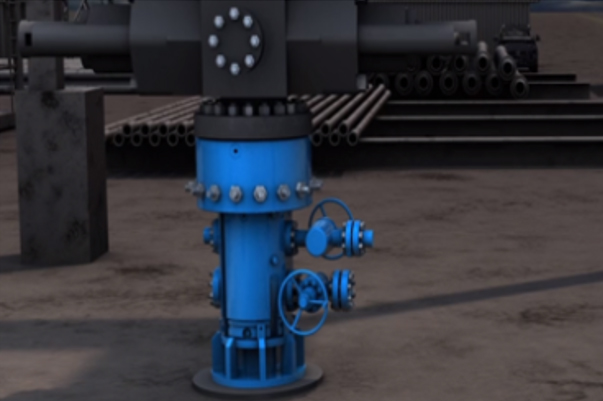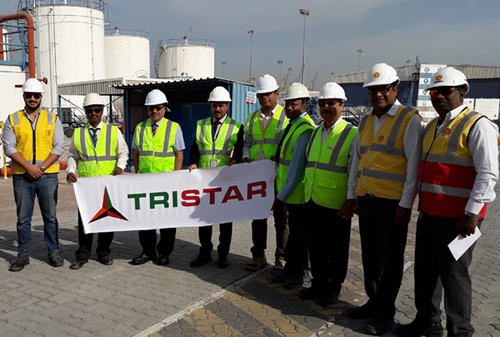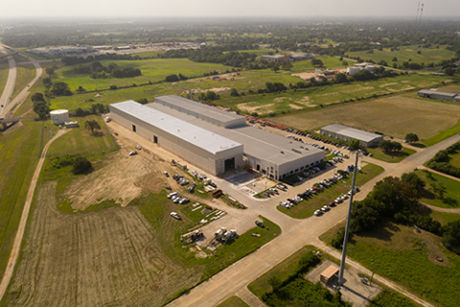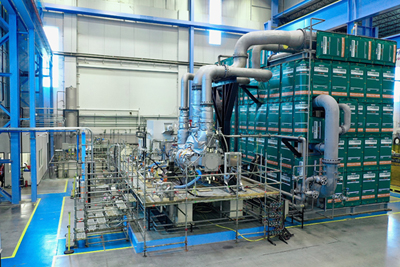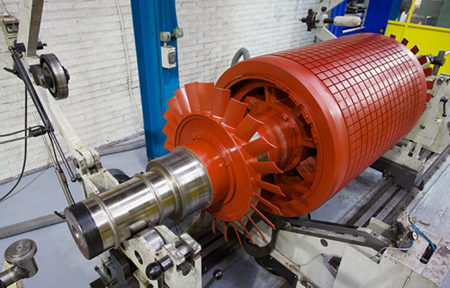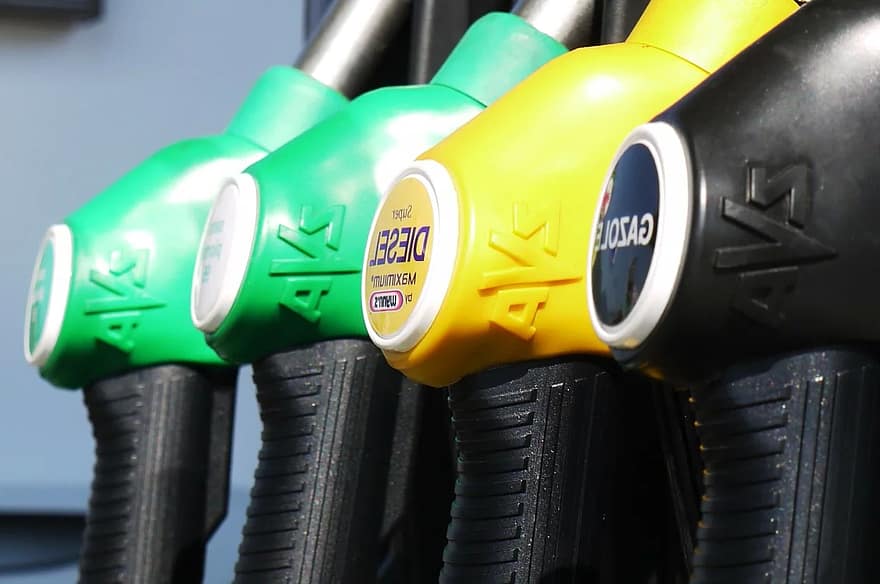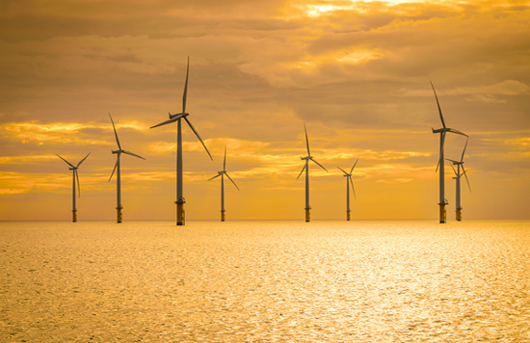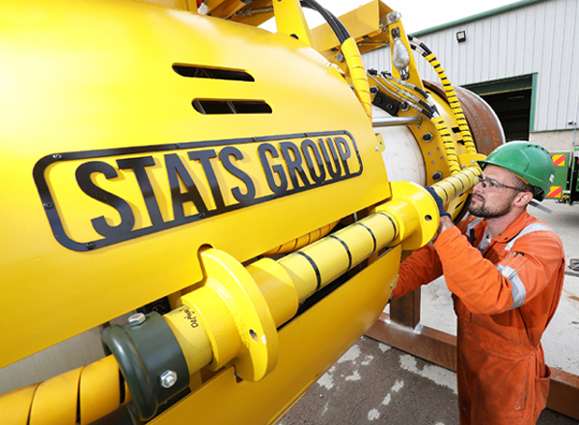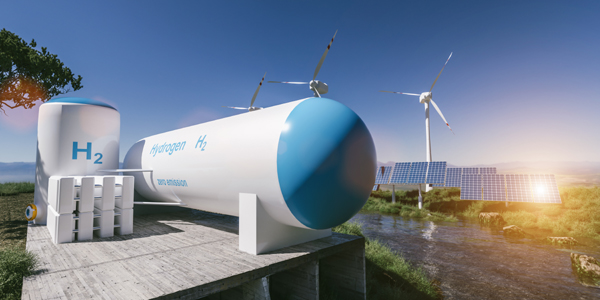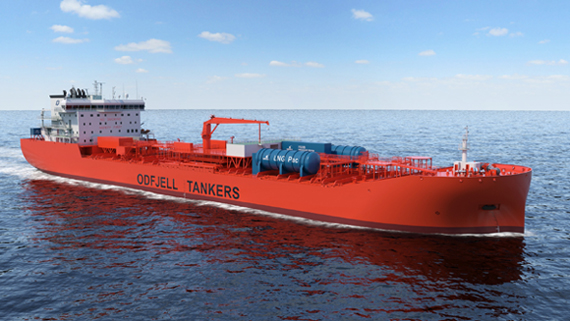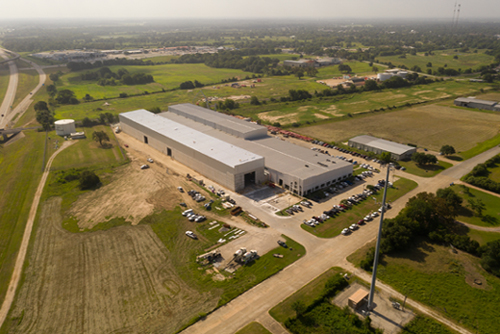
 The Qatar Petroleum Refinery at Messaieed... aiming to boost capacity.
The Qatar Petroleum Refinery at Messaieed... aiming to boost capacity.
Qatar's oil industry, the backbone of its economy, has undergone a dramatic transformation since oil was first discovered in 1939, in the Dukhan area, southwest of Doha.
In the mid-eighties, output averaged at 290,000 barrels per day (bpd). Last year, Qatar's output is estimated to have reached 640,000 bpd and production is set to exceed one million bpd.
The Economist Intelligence Unit Ltd estimates that increased oil output and export volumes in 2003 and 2004 will help to drive growth rates to 5.8 per cent in 2003, compared with a growth rate that stood at 3.4 per cent in 2002.
Ever since the first shipment of crude left the country in 1950, the country's economic performance has closely reflected the fluctuations in oil prices on the international market.
Income from the product regularly feeds debts that are undertaken to finance the development of gas and petrochemicals industries.
Qatar's external debt is estimated to stand at $13.2 billion against a GDP of $16 billion.
This debt, which runs into billions of dollars in external loans, serves to harness the country's oil potential while simultaneously funding the development of the gas and petrochemicals industries that it is increasingly venturing into.
For fiscal year 2002-03, total revenue is expected to stand at 18.2 billion riyals ($4.9 billion), of which 10.2 billion riyals ($2.8 billion) is projected to come from oil proceeds.
Most recently, Qatar's oil production capacity was boosted by 45,000 bpd by the Al Morjan platform, as Anadarko's first permanent production facility was installed at Al Morjan Platform in the Al Rayyan Oilfield.
According to its operator, Al Morjan is the largest jack-up permanent production facility (PPF) built so far in the Gulf region.
Meanwhile, Qatar Petroleum is pursuing a two-pronged strategy to achieve Qatar's medium term capacity target of one million bpd, some 200,000 bpd above today's levels.
With 30 per cent of the state's acreage open, it is looking to up exploration activity, with significant investment planned in existing offshore fields.
The emphasis remains on three blocks in western Qatar, opened up following the resolution of the Hawar islands dispute with Bahrain.
Heavy investment into the sector is predicted, spurred on by a series of new projects.
These include further expansion of both the Qatargas and Rasgas LNG plants, construction of a condensates refinery and plans for further spending on a gas-to-liquids plant.
Qatar will also experience an increase in non-oil export volumes from a number of other projects that are due to come on stream this year, including the Qatar Chemical Company.
Despite its relatively modest oil reserves when set against those of its neighbours, Qatar has been able to triple its reserves to 12.2 billion barrels, from 3.7 billion in 1995, in partnership with foreign companies through a series of production sharing agreements (PSAs).
Mostly American and European oil companies, these firms have applied technical expertise and investment to the exploration and development of fields promising reserves of commercial quantities.
The country has the world's third-largest gas reserves, placed after Russia and Iran, and these are thought to be equivalent to 100 billion barrels of oil and are expected to last more than 250 years at the current and projected rate of production.
This compares against the 20 years given for the depletion of crude oil.
Because of the dependence of its economy on oil, Qatar has striven in recent years to reduce its vulnerability to price movements in the international oil market.
The recent development of LNG, petrochemical industries and a number of schemes aimed at diversifying its income sources has been a step in this direction.
The nation's gas sector has arguably benefited the most from this.
Perhaps the world's fastest-growing LNG producer, latest forecasts for Qatar indicate that capacity will jump to 35 million tpy by 2010.
The product around which the 14 million tonnes per year (tpy) LNG industry is centered, is sold directly to Asian and Western firms in the form of long-term supply contracts and on the spot market.
Converting the vast reserves of the North field into revenue remains a foremost priority for Qatar Petroleum.
Those reserves more than doubled to an estimated 900 trillion cubic feet (tcf) when Energy and Industry Minister, Abdulla bin Hamad al-Attiya revised previous estimates, following extensive seismic and delineation work.
Qatar Petroleum is pressing ahead with plans to set up a pipeline network to serve regional customers by the export of gas by pipeline.
Efforts are also underway to create a gas-to-liquids (GTL) capability at Ras Laffan, and at Ras Laffan Liquefied Natural Gas Company (RasGas), construction is already under way on a third train of 4.7 million tpy.
Qatar Liquefied Gas Company, (Qatargas) is also upping its production capabilities.
Two major LNG projects have already been set up to export gas to global markets and plans to build pipelines to supply gas to neighbouring states are in advanced negotiations.
Plans are also underway to convert Qatar's gas supplies into synthetic fuel, such as diesel and naphtha, for export, as well as to utilise the gas for domestic power needs.
Foreign companies are also engaged in gas-based petrochemical project initiatives.
In 2000, exports of LNG, natural gas liquids (NGLs), petrochemicals and condensates provided about 40 per cent of Qatar's export revenue, with the remainder coming mainly from crude oil sales.
According to estimates, this figure increased marginally, to about 47 per cent in 2001.
By 2005 however, Qatar aims to earn half of its income from these gas-based schemes.
This puts it on course to export around 20 million tonnes per year (tpy) of LNG by 2005 and 30 million tpy by 2010.
According to reports, Qatar's average output during the first quarter of 2002 stood at about 630,000 bpd, while the International Energy Agency speculates that Qatar's output is about 570,000 bpd, only marginally above its 562,000 bpd quota.
Either way, the figures point to an evident cut in production levels since mid-2001, suggesting that it has come under increased Opec pressure to adhere to its quota.
Rising exports are set to sustain economic growth, with crude oil and LNG leading the way.
Along with condensate and petrochemical exports, this drove Qatar's export revenue up to about $10.6 billion in 2001, over twice the level recorded as recently as 1998.
However, it represents a slight decrease from the year before, when export revenue totalled approximately $11.5 billion.
Revenue from this will filter down into increased spending on local infrastructure projects.
Qatar is looking to lure around $16 billion in foreign capital into its energy and petrochemical sector as part of a drive to wean the economy off crude oil revenues.
With a successful recent history of foreign direct investment, the government is confident that its new programme, announced in May 2002, will speed up the diversification process with the goal of reducing the state's almost exclusive reliance on oil products.


